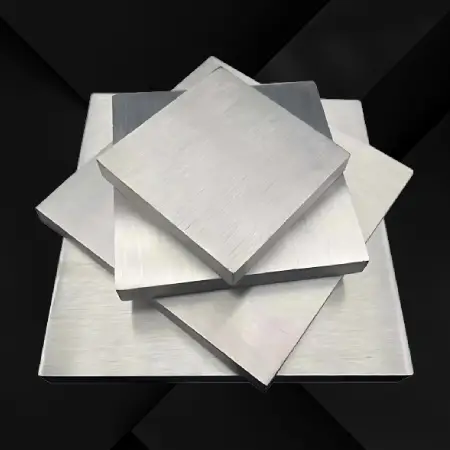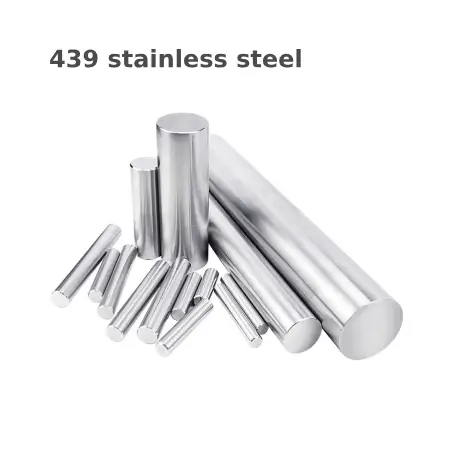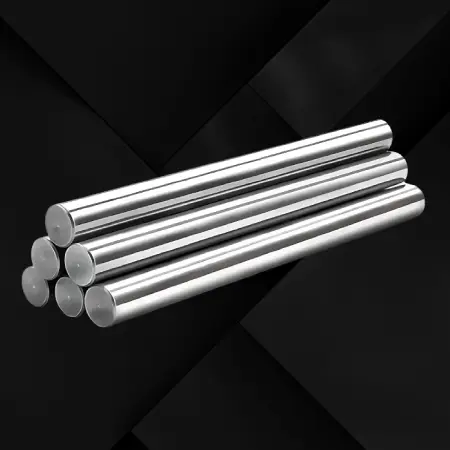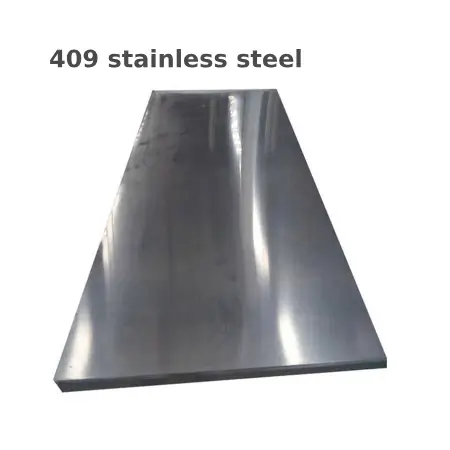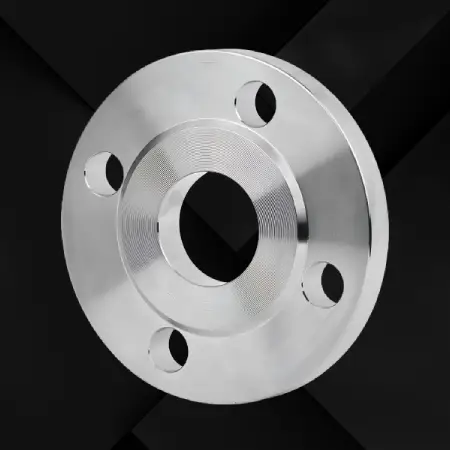Stainless steel plate, often referred to simply as stainless plate, is a precise flat stainless steel material. It is known for its excellent corrosion resistance, forming properties, welding characteristics, and stability in high-temperature applications. Stainless steel plate is widely used across various industries due to these properties.
Stainless Steel Plate Introduction
Material Composition: Stainless steel plate consists primarily of iron, chromium, and other alloying elements. The chromium content provides the steel with its corrosion-resistant properties.
Grades: There are various grades of stainless steel plates, including Austenitic (e.g., 304. 316), Ferritic (e.g., 405. 446), Martensitic (e.g., 410. 420), and Precipitation Hardening (e.g., 17-4PH), each with its own specific attributes and applications.
Finishes: Stainless steel plates come in different finishes such as No. 2B, No. 4. Hairline, Mirror (BA), Sand Blast, and Embossed, among others, to suit various aesthetic and functional requirements.
Applications: The plate is commonly used in industries such as construction, kitchen equipment, automotive, aerospace, papermaking, and chemical processing due to its durability and resistance to various forms of corrosion.
Processing: Stainless steel plates can be easily cut, bent, and shaped into various components and structures due to their workability. They can also be subjected to various surface treatments.
Properties: Stainless steel plates demonstrate characteristics such as high tensile strength, hardness, and ductility. They are also non-magnetic and maintain their strength at high temperatures.
Sizes: Available in various thicknesses and widths, stainless steel plates can be manufactured and ordered according to customer specifications.
Standards: Stainless steel plates are produced according to certain international standards, such as ASTM, ASME, EN, JIS, and other relevant specifications.
Maintenance: Generally low-maintenance, stainless plates can be cleaned with mild detergents and water. They do not require additional coatings to prevent rust.
Stainless steel plate offers a combination of performance and aesthetics, making it a popular choice for applications where both are important. Its versatility and durability make it an essential material in modern industries.

